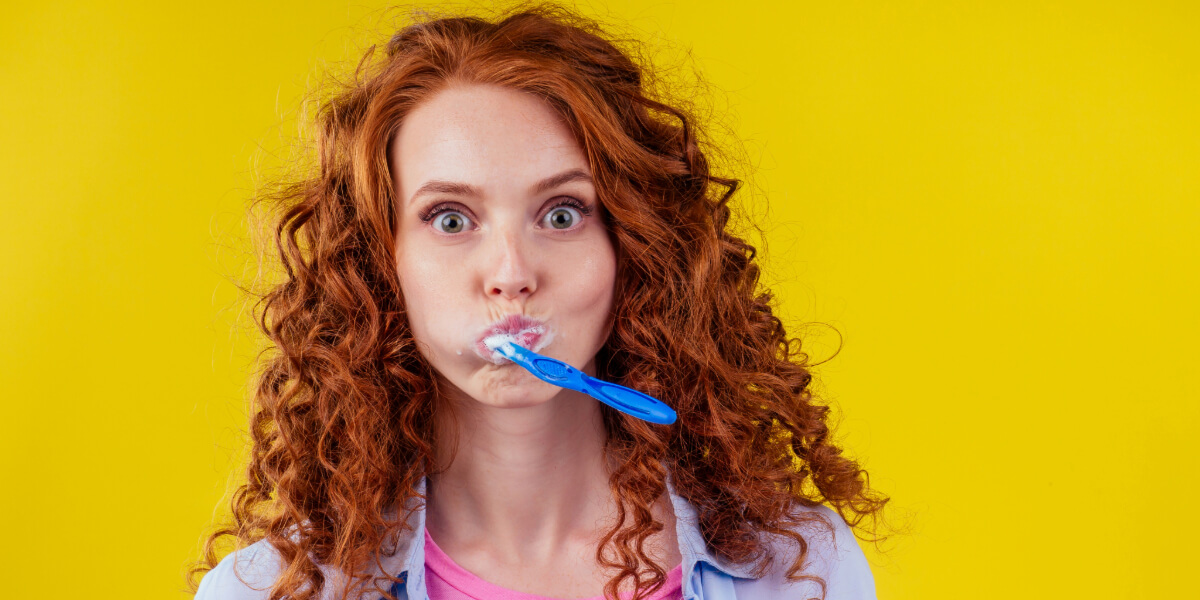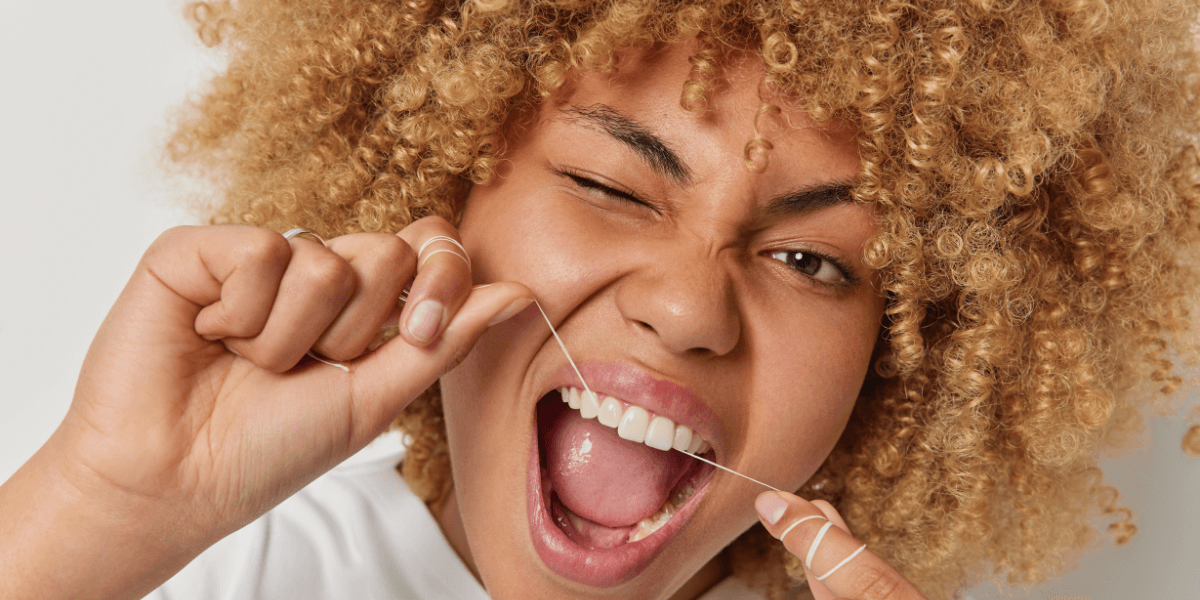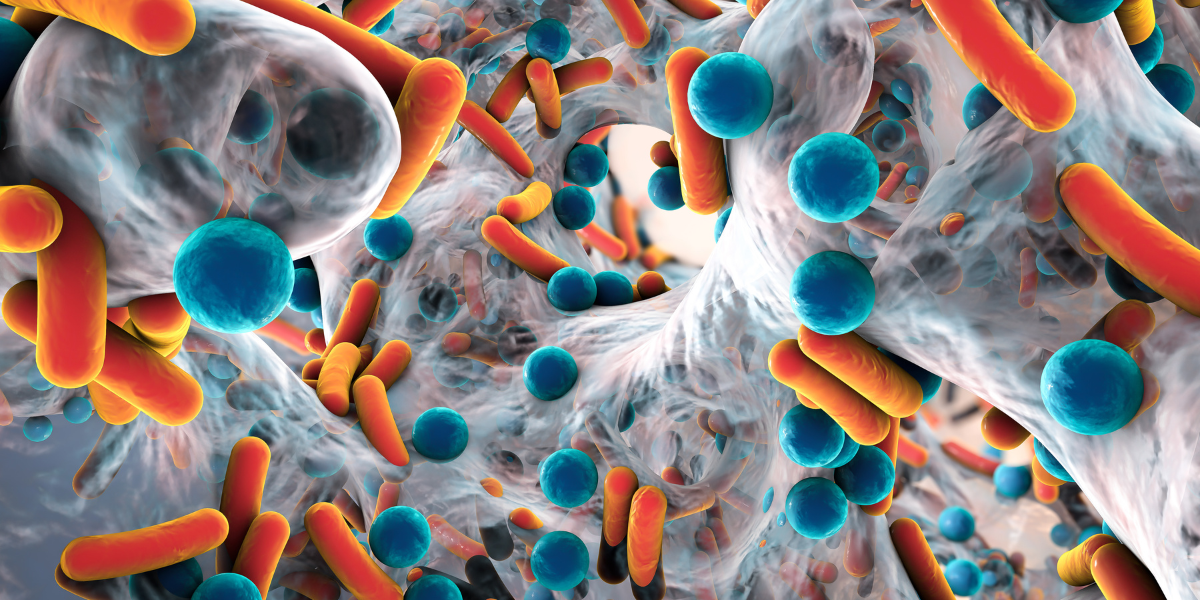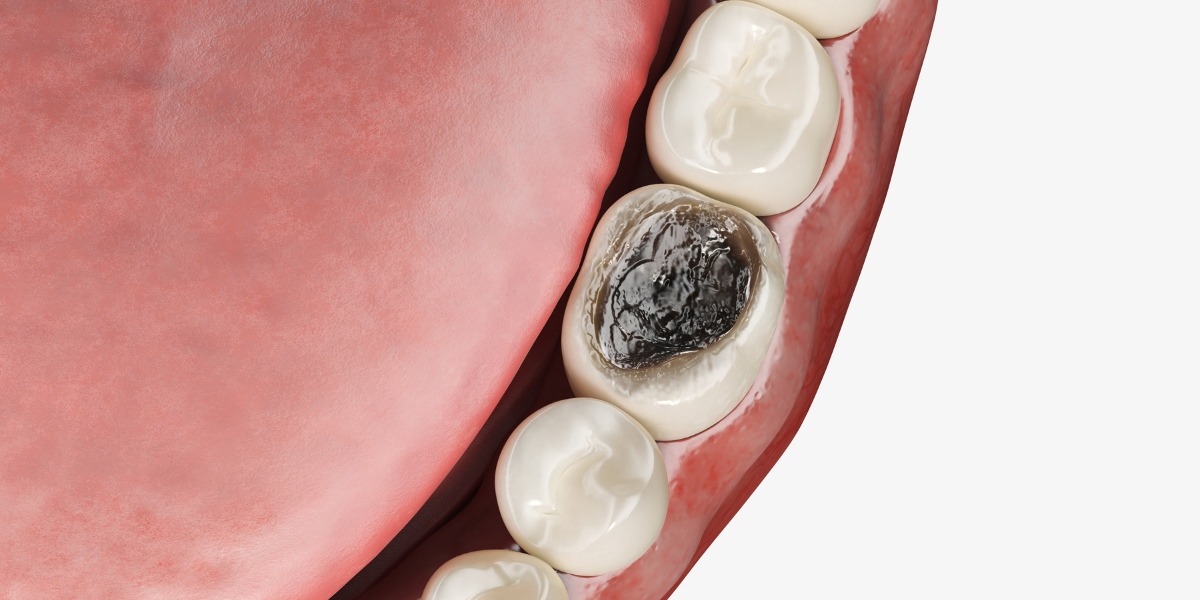How to brush your teeth to avoid damage
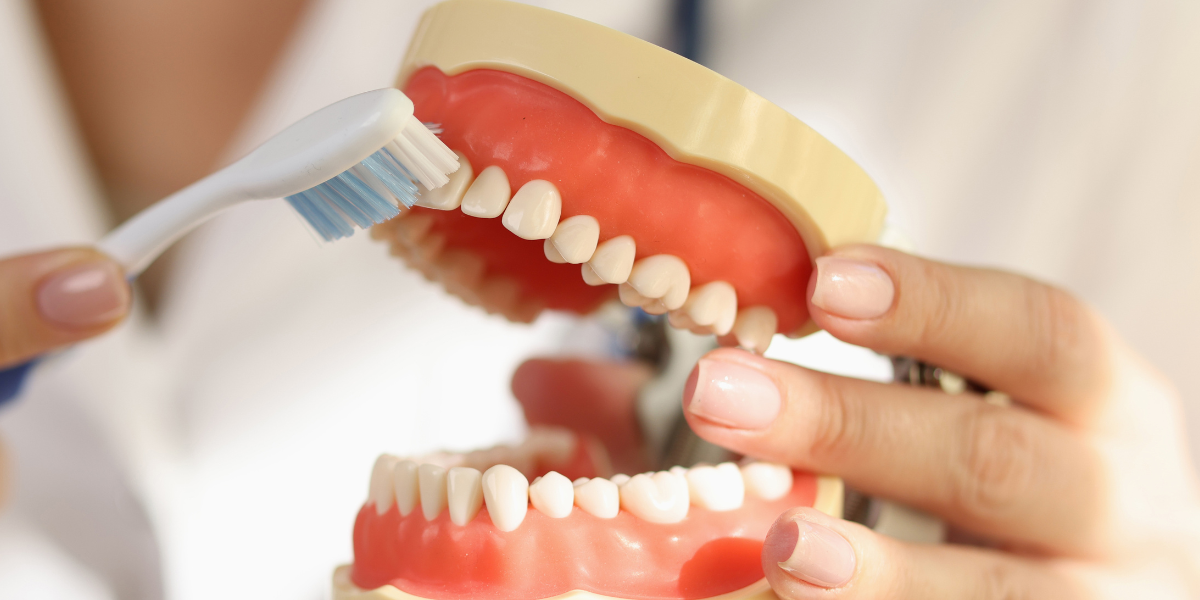
Proper brushing, soft bristles, and regular care prevent dental issues. Optimal oral health shields against systemic diseases; invest in your oral health each day for a healthier future.
Dental hygienists teach their patients daily how to improve their oral hygiene techniques. Good oral hygiene is important for your overall well being, the prevention of cavities and gum disease. Your oral health can impact serious health conditions such as heart disease and diabetes.[2] An important part of oral hygiene instruction is teaching patients how to brush effectively. Brushing incorrectly or with the wrong toothbrush can prove harmful to your teeth and your gums.
The proper brushing technique is to place your toothbrush at a 45 degree angle towards your gum line. Gently move your toothbrush in a circular motion. Brush upwards when you are brushing your teeth at the top of your mouth and brush downwards when you are brushing the bottom teeth. It’s important to brush all the surfaces of your teeth. These surfaces include the outer surfaces which our closest to your cheeks, inner surfaces closest to your tongue, and the surfaces that you use to chew with[2] To brush the inside surfaces of your front teeth tilt the toothbrush vertically and brush using up-and down strokes.[2]
You should brush your teeth at least twice a day with a soft-bristled toothbrush so as to remove the plaque acids that contribute to dental cavities. It is important to replace your toothbrush every three months or sooner. Most toothbrushes have indicator bristles that start fading to indicate that replacement is needed. If your bristles start to flare out that is and indication that it is time to replace your toothbrush as a worn out toothbrush won’t be effective in helping you to keep your teeth clean.[1]
Although you can purchase a medium or a hard toothbrush, these are not recommended as they are known to contribute to damaging the gums, root surfaces, and tooth enamel.[2] The risk of damaging these structure increases if you brush too hard or aggressively causing toothbrush abrasion.[2][3] If we damage our tooth enamel we may become more susceptible to tooth decay as bacteria can penetrate damaged areas in our teeth more easily. Toothbrush abrasion can also contribute to tooth discoloration as well as painful sensitivity to temperatures and sweets.[3] If you experience this your dentist will be able to go over various restorative options such as a filling, crown, or a veneer.[3] The dentist will help alleviate pain or discomfort and recommend future prevention techniques.
Toothbrushes: disposable manual or electric?
Either a manual or a disposable toothbrush will be effective in removing plaque buildup if the user is using the proper brushing technique and brushing regularly.[2] There are however some advantages to using an electric toothbrush. Some individuals find that using an electric toothbrush helps them to properly clean all their teeth surfaces properly.[2] Use of an electric toothbrush can help individuals or their caregivers when there is an issue with limited hand mobility due to arthritis, Parkinson’s, or other ailments.[2] Some electric toothbrushes have built-in timers, pressure indicators, and other features that help the user.[2] Brushing and flossing can help to keep harmful oral bacteria under control that would otherwise overgrow and contribute to tooth decay, gum disease, oral infections, and harm our overall health and wellness.[4] You can help protect your health by maintaining your oral health and making sure you see your dentist regularly.[4] Caring for your oral health in an investment that worthwhile and benefits your overall health.[4]
- ADA. Brushing Your Teeth. https://www.mouthhealthy.org/all-topics-a-z/brushing-your-teeth/
- Choosing a Toothbrush: The Pros and Cons of Electric and Disposable. (Parker, Hillary). (2021, October 31.) https://www.webmd.com/oral-health/guide/choosing-a-toothbrush-the-pros-and-cons-of-electric-and-disposable
- Tooth Enamel Erosion and Restoration. (2020, June 07). https://www.webmd.com/oral-health/guide/tooth-enamel-erosion-restoration
- Mayo Clinic. Oral Health: A window to your overall health. https://www.mayoclinic.org/healthy-lifestyle/adult-health/in-depth/dental/art-20047475



